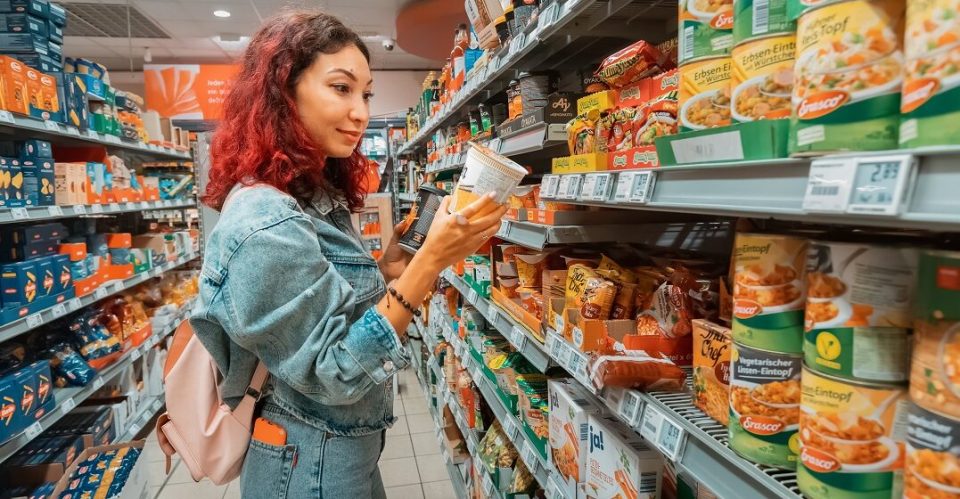The German food market in the summer of 2025 has shown mixed signals, marked by a short-term slowdown followed by a mild recovery. While demand for food remains resilient, the pace of growth has weakened compared to previous years, reflecting cautious consumer sentiment and ongoing economic uncertainty.
Early Summer Slowdown
In the early part of summer, retail sales in food categories experienced a dip. Consumers showed restraint in spending, focusing primarily on essential items and avoiding premium or non-essential purchases. Price sensitivity remains a defining factor, with inflationary pressures and economic concerns prompting households to prioritise value for money.
Signs of Recovery
By mid-summer, however, the market showed a modest rebound. Food retail managed to stabilise, supported by steady demand for staple goods and gradual improvement in consumer confidence. The recovery, though positive, has been modest, indicating that growth is likely to remain subdued rather than robust.
Market Characteristics
-
Consumer Caution: Households are still navigating financial pressures, resulting in careful purchasing habits.
-
Staples vs. Premium: Demand for essential food items remains strong, while premium and discretionary food categories face slower sales.
-
Shift in Behaviour: Health-conscious, value-driven choices continue to shape purchasing trends, with consumers more inclined toward affordable, sustainable, and healthy options.
Looking ahead, the German food market is expected to maintain low but steady growth throughout the remainder of 2025. Exports remain a stronger driver of growth compared to domestic sales, while retailers and manufacturers will need to adapt to a more price-sensitive environment. Innovation, particularly in healthier and more affordable product ranges, will be crucial to sustaining consumer interest.

